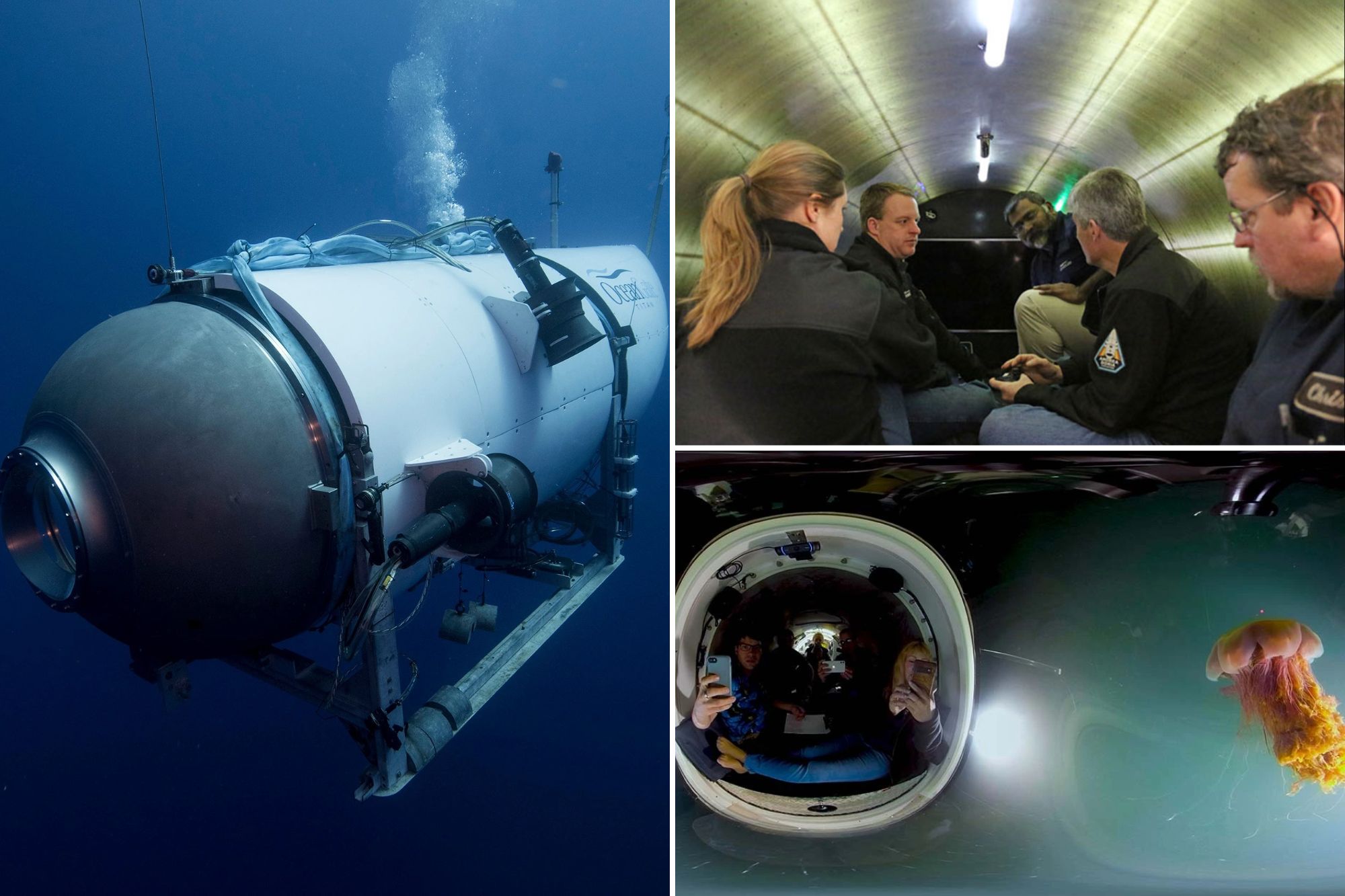Catastrophic Loss of the Titan Submersible: The Mystery Unravels
The Titan submersible, a deep-sea exploration vessel on a voyage to the Titanic wreck, was lost under tragic circumstances. Rear Admiral John Mager from the Coast Guard confirmed that the U.S. Coast Guard has sadly concluded their efforts to find the Titan after discovering debris consistent with a catastrophic pressure chamber implosion. All five passengers are feared dead.
The submarine’s sudden and tragic demise has raised several unanswered questions about its construction and the safety of deep-sea exploration.
Pressure Chamber Failure: A Potential Cause?
Stefano Rizolara, the Virginia Tech Center for Marine Autonomy and Robotics co-director, has provided expert insights into the tragedy. A specialist in ocean engineering, Rizolara, suggests the pressure hull’s failure was the first hypothesis that could be considered.
Given the extreme pressure at depths of 4,000 meters, approximately 400 times the atmospheric pressure we experience at sea level, a failure of the pressure hull is a plausible explanation. Such an event could lead to catastrophic implosion under immense pressure.
The Challenges of Deep-Sea Exploration
Rizolara provides an overview of the intricate process of deep-sea exploration. Due to the absence of light at extreme depths, the primary detection mode is acoustic waves. Modern sonar technology uses reflected acoustic waves to reconstruct three-dimensional seafloor images. Autonomous Underwater Vehicles (AUVs), uncrewed and capable of reaching depths of 6,000 meters, are equipped with this technology.
Material Choice and Its Implications
Interestingly, the Titan was built with carbon fiber, a material never previously used for a pressure vessel at such depths. While lighter and thinner than traditional steel or titanium, the choice of carbon fiber may have contributed to the catastrophic outcome. Unlike ductile materials like steel or titanium, carbon fiber is much less compliant and can break instantly under pressure, potentially leading to catastrophic failure.
Unraveling the Mystery of the Titan’s Demise
Rizolara’s analysis hints that using carbon fiber and the pressure vessel’s construction could have played a part in the submarine’s tragic fate. He suggested the slightest misalignment or asymmetry, combined with the immense pressure at such depths, could trigger a rapid and catastrophic failure.
While the investigation is ongoing, it is possible to reconstruct the event from the debris detected on the seafloor. Although retrieving the debris would be a complex process, modern imaging technology could provide a sufficient understanding of what occurred.
Lessons from Tragedy
This unfortunate incident underscores the importance of careful material selection and structural integrity in the design of deep-sea vessels. Marine technology and robotics advancements have been rapid, with human exploration now reaching two miles below the ocean surface. However, the Titan tragedy serves as a sad reminder of the risks involved and the critical need for thorough safety measures in pursuit of scientific advancement.
Rizolara concluded the interview with a note of gratitude and an offer of assistance from Virginia Tech in further investigation.









